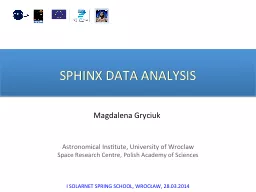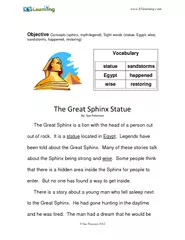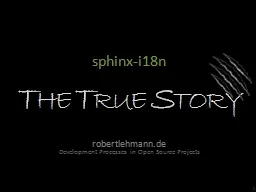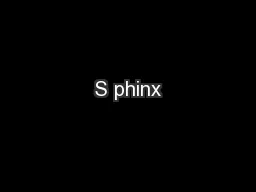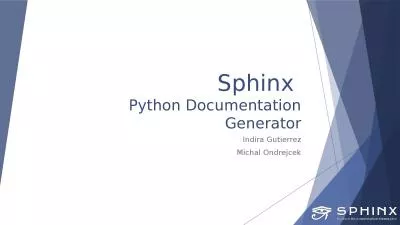PPT-SPHINX DATA ANALYSIS
Author : natalia-silvester | Published Date : 2016-03-10
Magdalena Gryciuk Astronomical Institute University of Wroclaw Space Research Centre Polish Academy of Sciences I SOLARNET SPRING SCHOOL WROCŁAW 28032014 SPHINX
Presentation Embed Code
Download Presentation
Download Presentation The PPT/PDF document "SPHINX DATA ANALYSIS" is the property of its rightful owner. Permission is granted to download and print the materials on this website for personal, non-commercial use only, and to display it on your personal computer provided you do not modify the materials and that you retain all copyright notices contained in the materials. By downloading content from our website, you accept the terms of this agreement.
SPHINX DATA ANALYSIS: Transcript
Download Rules Of Document
"SPHINX DATA ANALYSIS"The content belongs to its owner. You may download and print it for personal use, without modification, and keep all copyright notices. By downloading, you agree to these terms.
Related Documents

